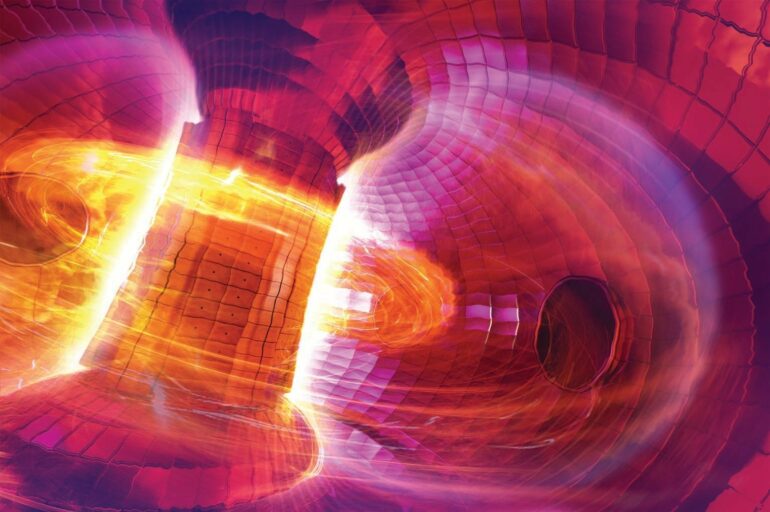The way scientists think about fusion changed forever in 2022, when what some called the experiment of the century demonstrated for the first time that fusion can be a viable source of clean energy.
The experiment, at Lawrence Livermore National Laboratory, showed ignition: a fusion reaction generating more energy out than was put in.
In addition, the past few years have been marked by a multibillion-dollar windfall of private investment in the field, principally in the United States.
But a whole host of engineering challenges must be addressed before fusion can be scaled up to become a safe, affordable source of virtually unlimited clean power. In other words, it’s engineering time.
As engineers who have been working on fundamental science and applied engineering in nuclear fusion for decades, we’ve seen much of the science and physics of fusion reach maturity in the past 10 years.
But to make fusion a feasible source of commercial power, engineers now have to tackle a host of practical challenges. Whether the United States steps up to this opportunity and emerges as the global leader in fusion energy will depend, in part, on how much the nation is willing to invest in solving these practical problems – particularly through public-private partnerships.
Building a fusion reactor
Fusion occurs when two types of hydrogen atoms, deuterium and tritium, collide in extreme conditions. The two atoms literally fuse into one atom by heating up to 180 million degrees Fahrenheit (100 million degrees Celsius), 10 times hotter than the core of the Sun. To make these reactions happen, fusion energy infrastructure will need to endure these extreme conditions.
Fusion reactions fuse together two atoms, releasing enormous amounts of energy.
There are two approaches to achieving fusion in the lab: inertial confinement fusion, which uses powerful lasers, and magnetic confinement fusion, which uses powerful magnets.
While the “experiment of the century” used inertial confinement fusion, magnetic confinement fusion has yet to demonstrate that it can break even in energy generation.
Several privately funded experiments aim to achieve this feat later this decade, and a large, internationally supported experiment in France, ITER, also hopes to break even by the late 2030s. Both are using magnetic confinement fusion.
Challenges lying ahead
Both approaches to fusion share a range of challenges that won’t be cheap to overcome. For example, researchers need to develop new materials that can withstand extreme temperatures and irradiation conditions.
Fusion reactor materials also become radioactive as they are bombarded with highly energetic particles. Researchers need to design new materials that can decay within a few years to levels of radioactivity that can be disposed of safely and more easily.
Producing enough fuel, and doing it sustainably, is also an…


